Home>Ideas and Tips>DIY Guide to Installing a Bathroom Shower with a Handheld Sprayer
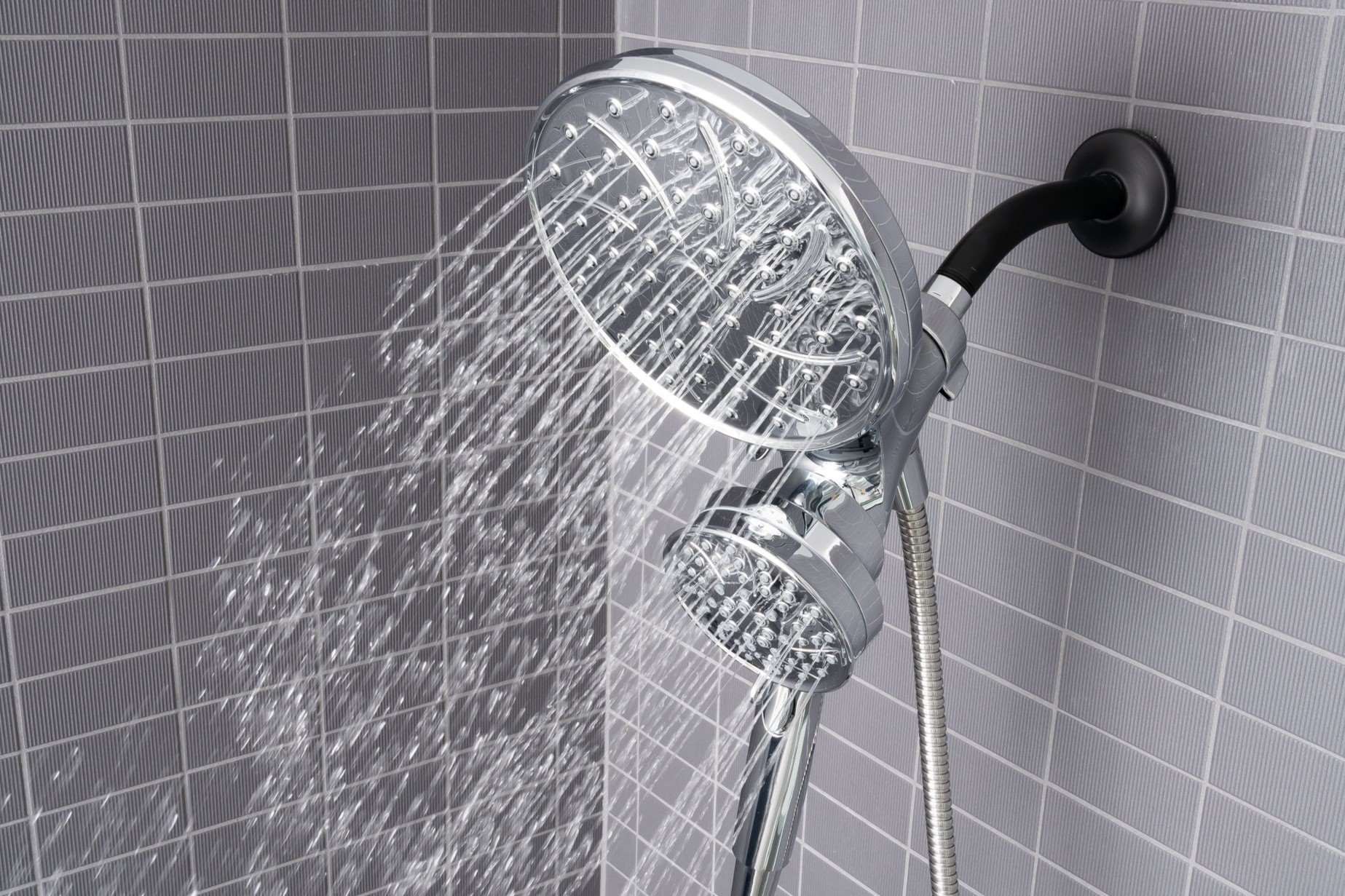

Ideas and Tips
DIY Guide to Installing a Bathroom Shower with a Handheld Sprayer
Published: August 30, 2024
Enhance your bathroom with our DIY guide to installing a handheld shower sprayer. Step-by-step instructions and tips for a seamless installation.
(Many of the links in this article redirect to a specific reviewed product. Your purchase of these products through affiliate links helps to generate commission for Storables.com, at no extra cost. Learn more)
Installing a bathroom shower with a handheld sprayer can be a fantastic way to enhance your bathing experience. Not only does it provide more flexibility and convenience, but it also adds a touch of luxury to your bathroom. In this comprehensive DIY guide, we will walk you through the steps required to install a handheld shower sprayer in your existing bathroom shower.
Tools and Materials Needed
Before you begin, make sure you have all the necessary tools and materials. Here’s a list of what you’ll need:
- New Handheld Shower Sprayer: Choose a high-quality handheld shower sprayer that fits your needs. Consider factors like water pressure, flow rate, and the number of settings.
- Slide Bar or Wall Mount: Decide whether you want to use a slide bar or wall mount for your handheld shower. Both options are available and can be installed based on your preference.
- Drill Bits: You’ll need drill bits to create holes in the wall for mounting the slide bar or wall mount.
- Hammer: A hammer is essential for tapping wall anchors into place.
- Level: Ensure that your installation is level to avoid any water leaks or unevenness.
- Masking Tape: Use masking tape to protect the wall surface while drilling.
- Pencil: Mark the positions of the screw holes with a pencil.
- Teflon Tape: Apply Teflon tape to the threads of the shower spout to prevent leaks.
- Adjustable Wrench: An adjustable wrench will come in handy for tightening and loosening various parts.
- Screwdriver: A screwdriver is necessary for attaching the mounting plates and other components.
- Wall Anchors: These are used to secure the slide bar or wall mount to the wall.
- Silicone Sealant: Apply silicone sealant around the wall anchors to prevent water damage.
Read more: DIY Guide To Installing A Tile Shower
Step-by-Step Instructions
Step 1: Plan Your Installation
Before you start drilling, it’s crucial to plan your installation carefully. Here are some steps to help you plan:
- Determine the Position: Decide where you want to place your handheld shower sprayer. Consider the height and angle that will be most convenient for you.
- Measure the Wall: Measure the width of your shower wall to determine how far apart the holes should be.
- Choose a Template: Create a template with the screw hole positions marked on it. This will help you ensure that the holes are evenly spaced and correctly aligned.
Step 2: Transfer Drill Hole Marks to the Wall
Once you have your template ready, follow these steps:
- Tape the Template: Tape the template to the wall using masking tape.
- Ensure Levelness: Use a level to ensure that the holes in your template are plumb.
- Mark Drill Holes: Place masking tape beneath the template so that the drill bit has something to grab onto. Make a pencil mark on the tape indicating where to drill.
- Remove Template: Remove the template carefully without disturbing the marks.
Step 3: Drill Holes
Drill holes slowly and carefully to avoid damaging the wall:
- Use Drill Bits: Use drill bits that are suitable for your wall type (e.g., drywall, tile, or fiberglass).
- Work Slowly: Work slowly and steadily to prevent any damage or unevenness.
Step 4: Install Wall Anchors
Install wall anchors gently using a hammer:
- Tap Anchors: Gently tap wall anchors into place using a hammer.
- Apply Silicone Sealant: Apply silicone sealant around the wall anchors to prevent water damage.
Step 5: Attach Mounting Plates
Attach mounting plates using screws provided:
- Mounting Plates: Attach mounting plates to the wall anchors using screws provided in your installation kit.
- Tighten Screws: Tighten screws securely but avoid overtightening which could damage the wall.
Step 6: Attach Shower Bar Holders
Attach shower bar holders to the mounting plates:
- Shower Bar Holders: Attach shower bar holders to the mounting plates following manufacturer’s instructions.
- Secure Holders: Secure holders tightly ensuring they are level and evenly spaced.
Step 7: Wrap Shower Spout Threads
Wrap shower spout threads with Teflon tape:
- Teflon Tape: Wrap Teflon tape around the threads of the shower spout to prevent leaks.
- Apply Evenly: Apply Teflon tape evenly ensuring it covers all threads completely.
Step 8: Attach Handheld Shower Sprayer
Attach handheld shower sprayer following manufacturer’s instructions:
- Handheld Sprayer: Attach handheld sprayer to slide bar or wall mount ensuring it is securely fastened.
- Adjust Angle: Adjust angle of handheld sprayer according to your preference for optimal use.
Additional Tips and Considerations
Choosing the Right Handheld Shower Sprayer
When choosing a handheld shower sprayer, consider several factors including:
- Water Pressure: Ensure that your handheld shower sprayer can handle your home’s water pressure.
- Flow Rate: Choose a sprayer with adjustable flow rates to suit different needs (e.g., low flow for water conservation).
- Settings: Opt for a sprayer with multiple settings (e.g., massage, spray, and pulse) for enhanced bathing experience.
Placement Considerations
The placement of your handheld shower sprayer is entirely personal preference but here are some general guidelines:
- Height Adjustment: Use slide bars that allow height adjustment so you can easily reach it without straining.
- Angle Adjustment: Ensure that angle adjustment is possible so you can direct water exactly where needed.
Read more: DIY Guide To Installing A Subway Tile Shower
Common Issues During Installation
Here are some common issues you might encounter during installation along with their solutions:
- Leaks: If you notice leaks after installation, check if Teflon tape was applied correctly or if there are any gaps between parts.
- Unevenness: If parts are unevenly spaced or not levelled properly, recheck measurements and re-drill holes if necessary.
- Difficulty Drilling Through Walls: If drilling through walls proves difficult due to material type (e.g., tile), consider using specialized drill bits designed specifically for such materials.
Conclusion
Installing a bathroom shower with a handheld sprayer can be a rewarding DIY project if approached methodically and with attention to detail. By following these steps carefully and considering various factors like water pressure and flow rates, you can enhance your bathing experience significantly while adding functionality to your bathroom space.
Remember always to refer to manufacturer’s instructions for specific components as they may have unique requirements or recommendations tailored towards their products.
If you're not comfortable with this level of complexity or if you're unsure about any part of the process, it's always best to consult a professional plumber who can ensure everything is installed correctly and safely.
With patience and persistence, you'll be enjoying your new handheld shower sprayer in no time
Was this page helpful?
At Storables.com, we guarantee accurate and reliable information. Our content, validated by Expert Board Contributors, is crafted following stringent Editorial Policies. We're committed to providing you with well-researched, expert-backed insights for all your informational needs.
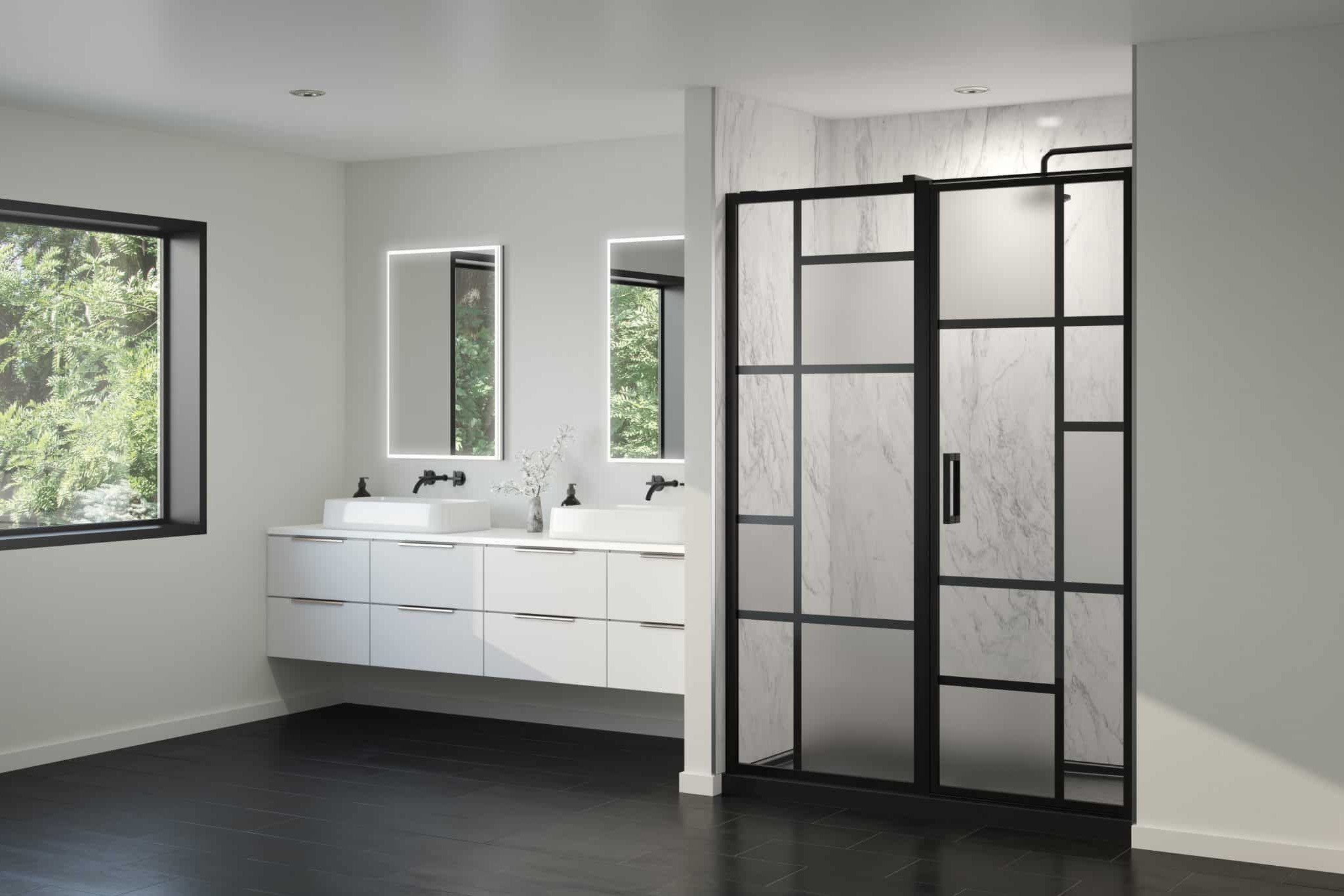
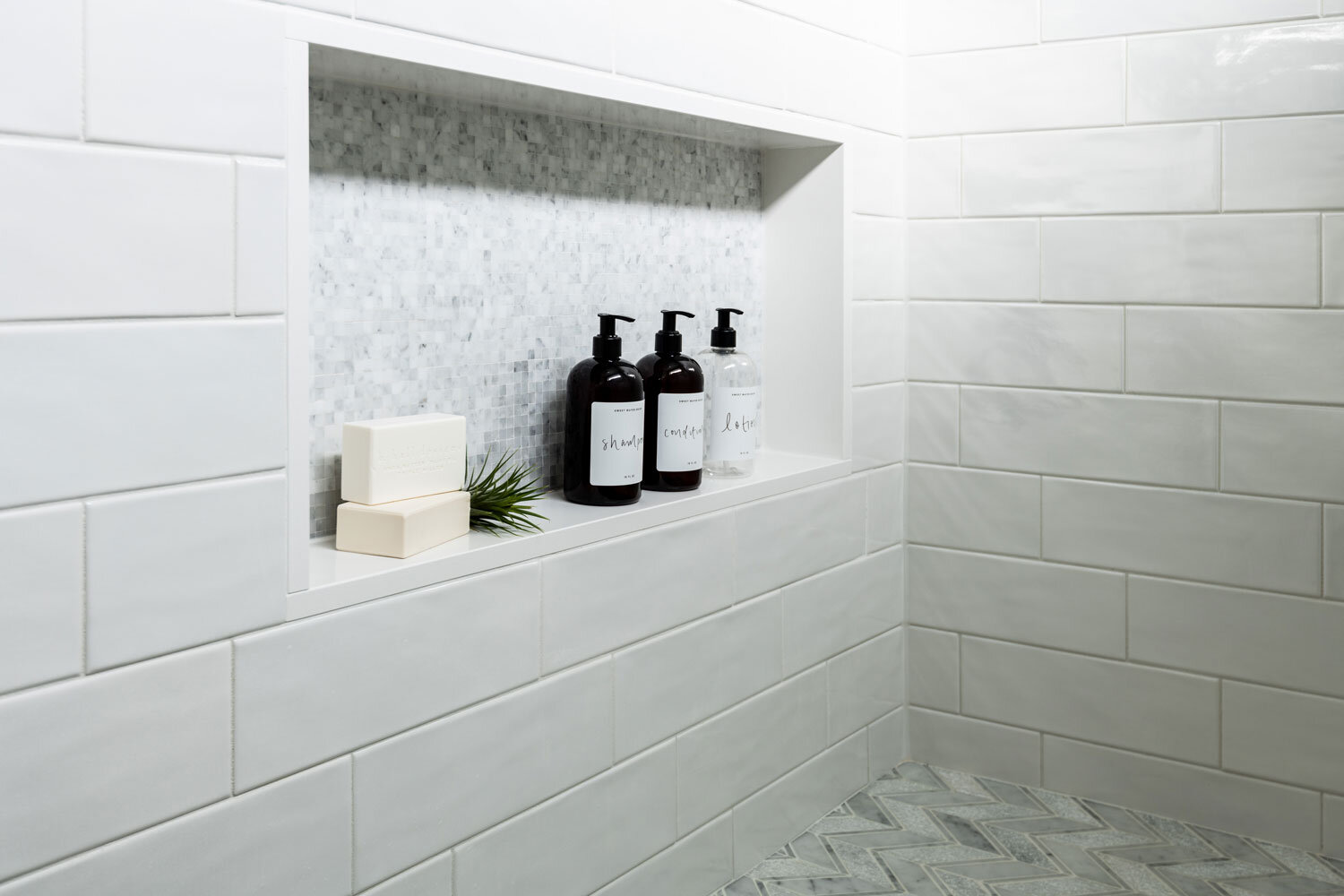
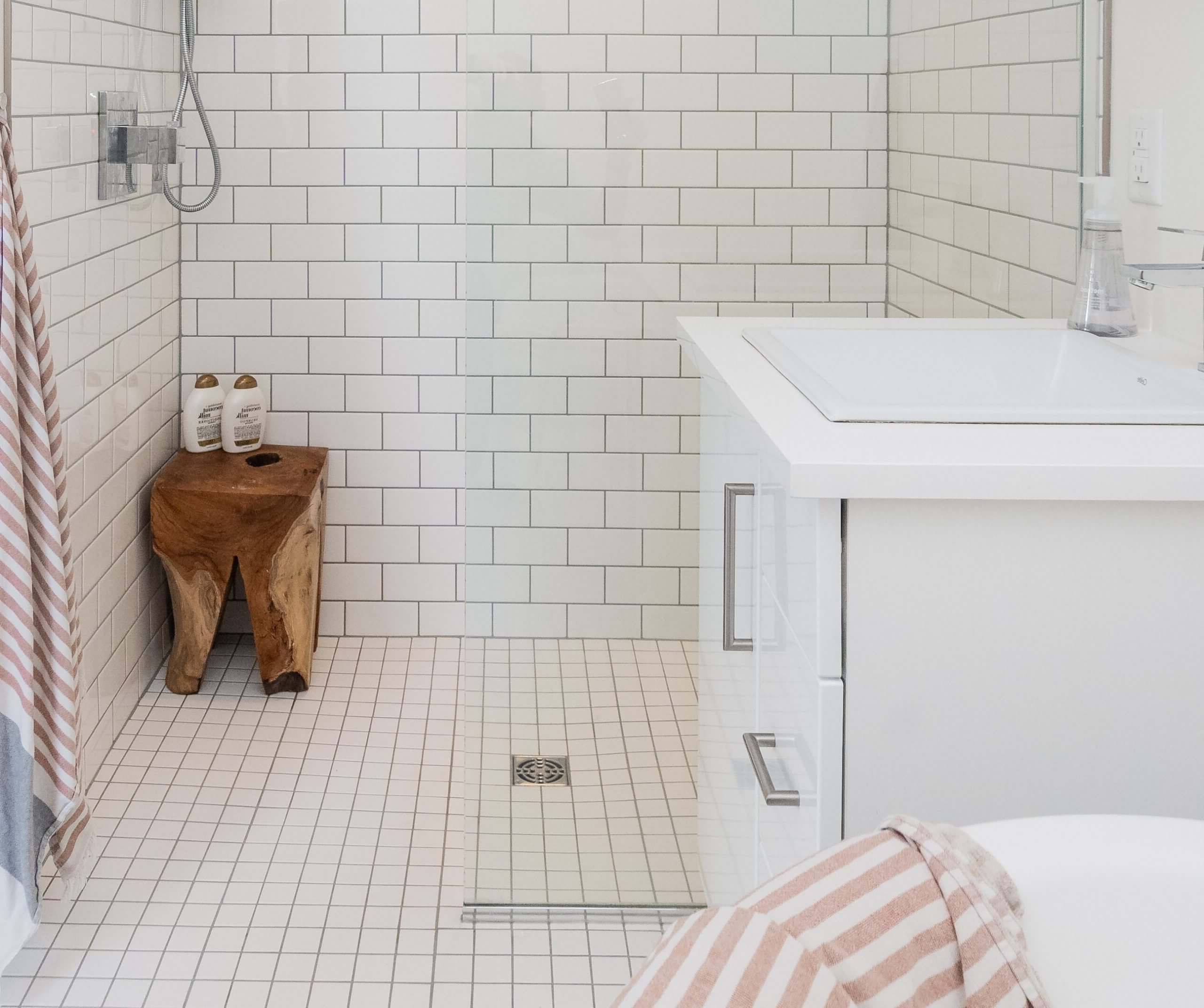
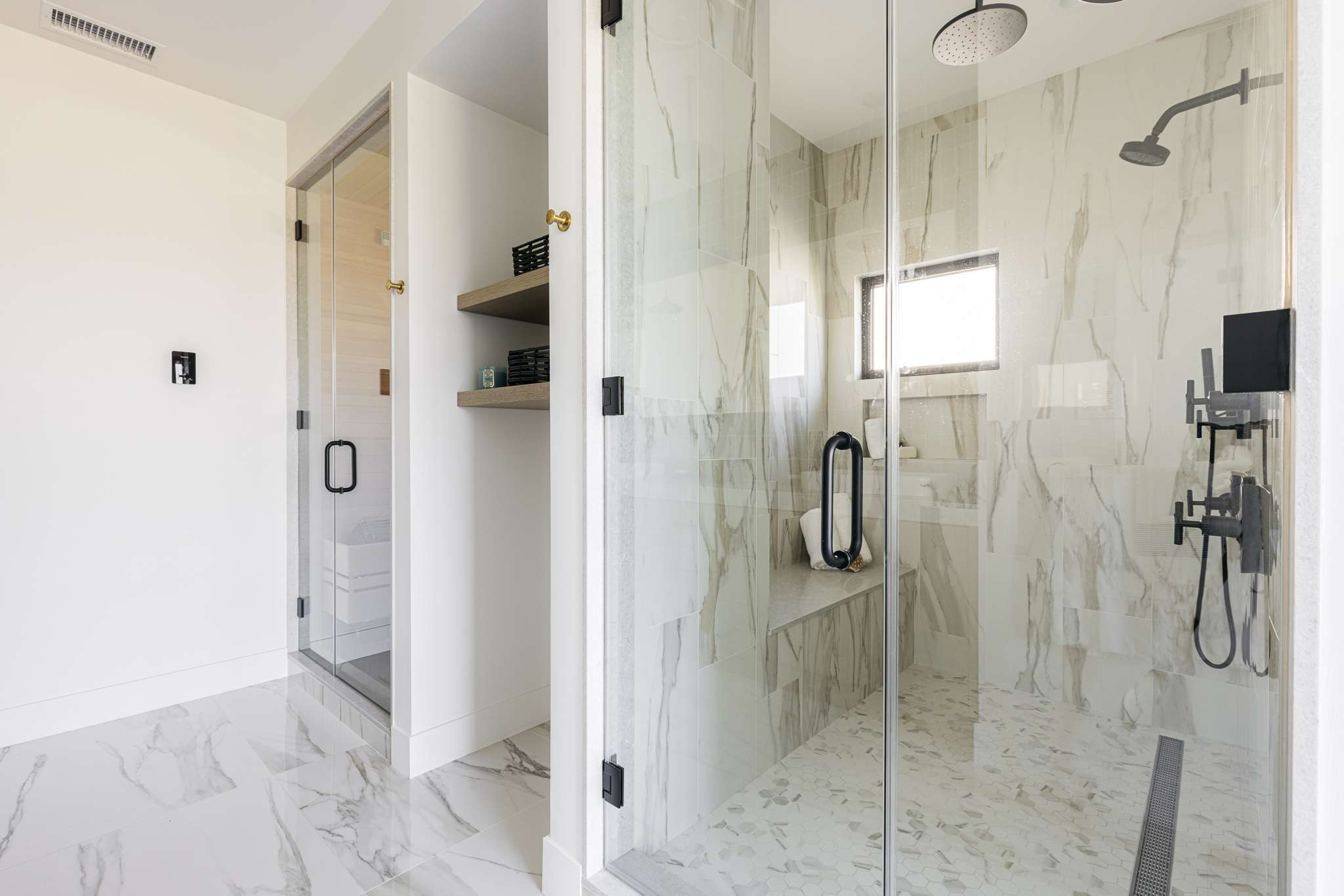
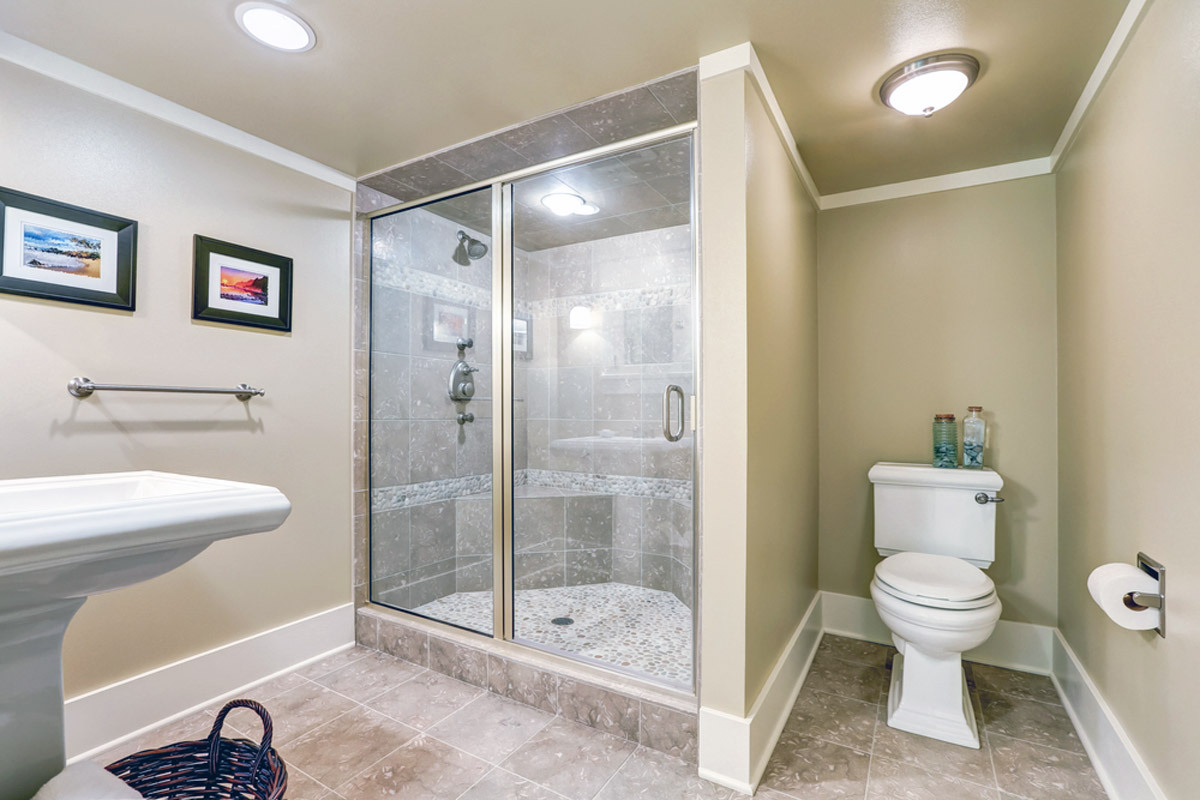
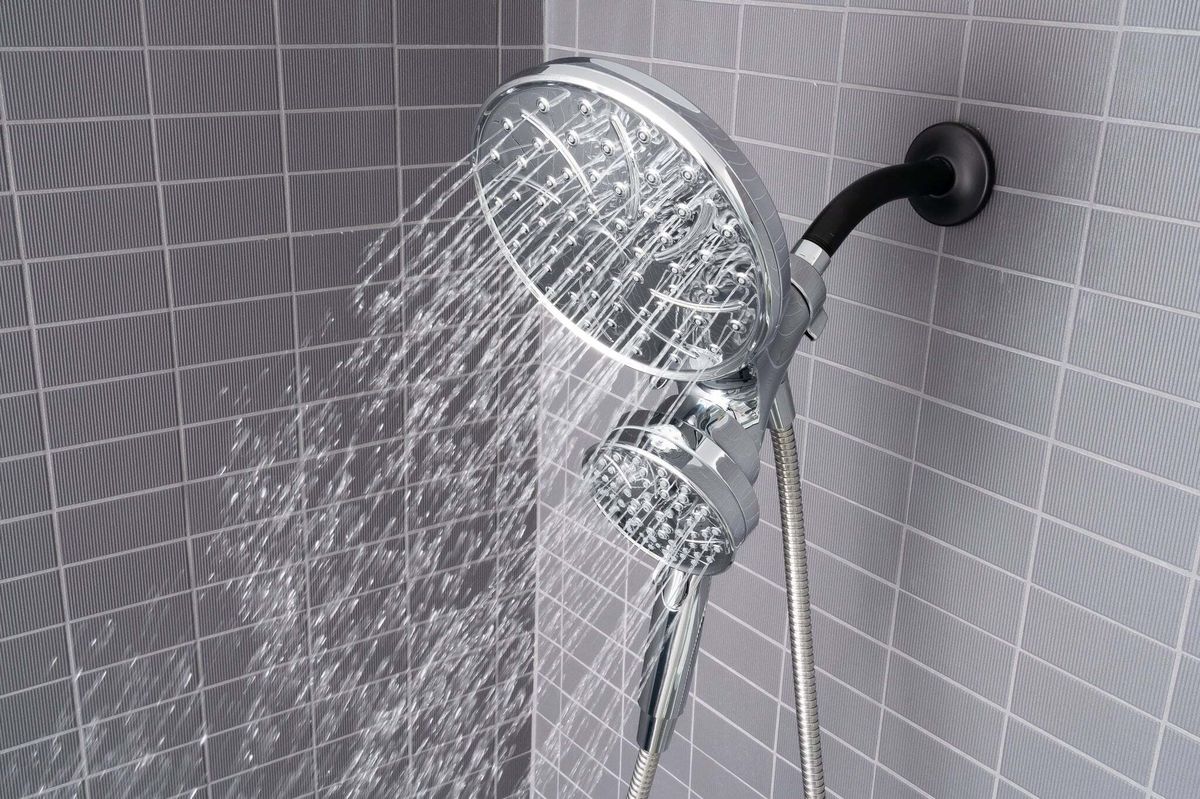
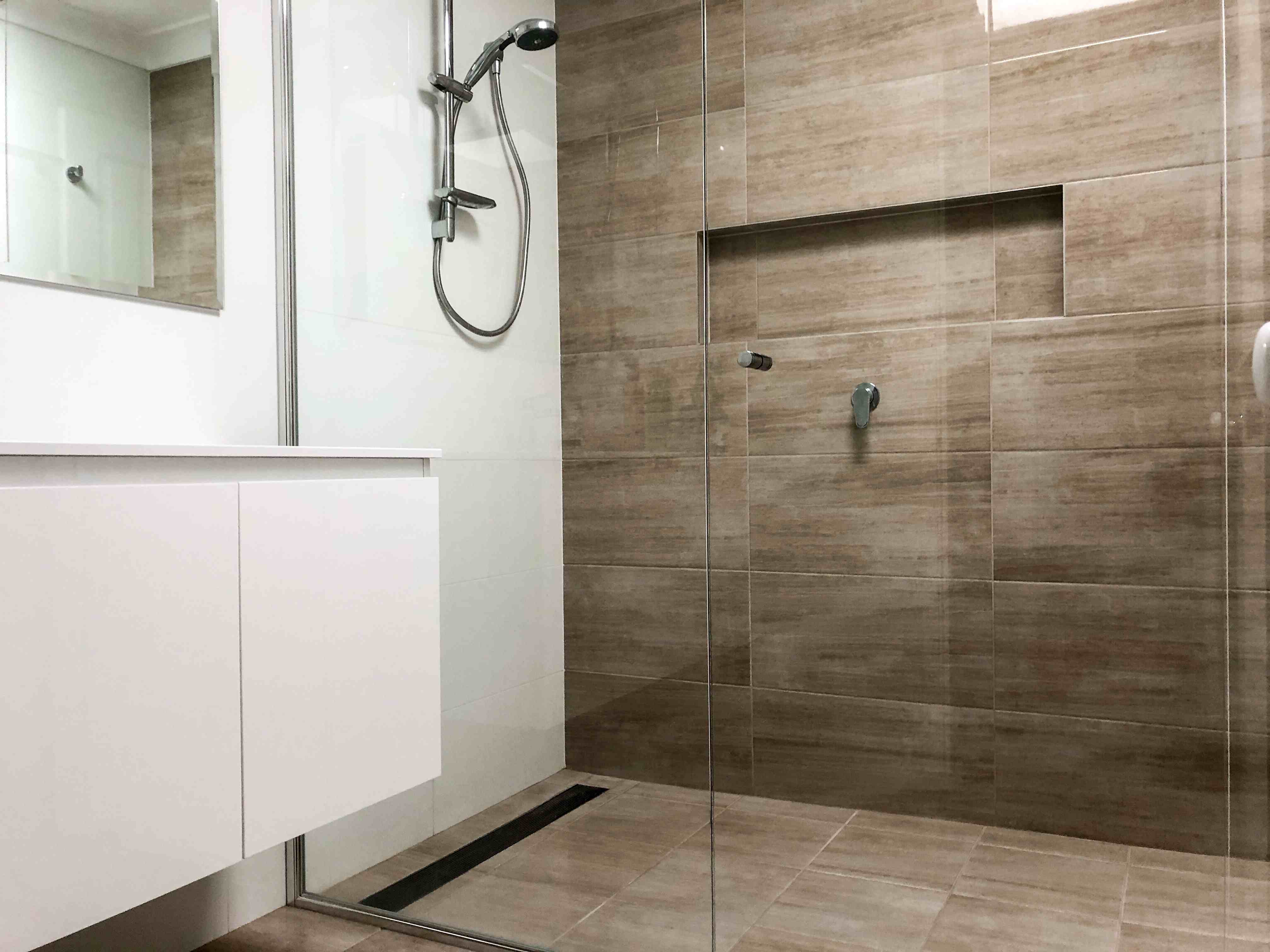
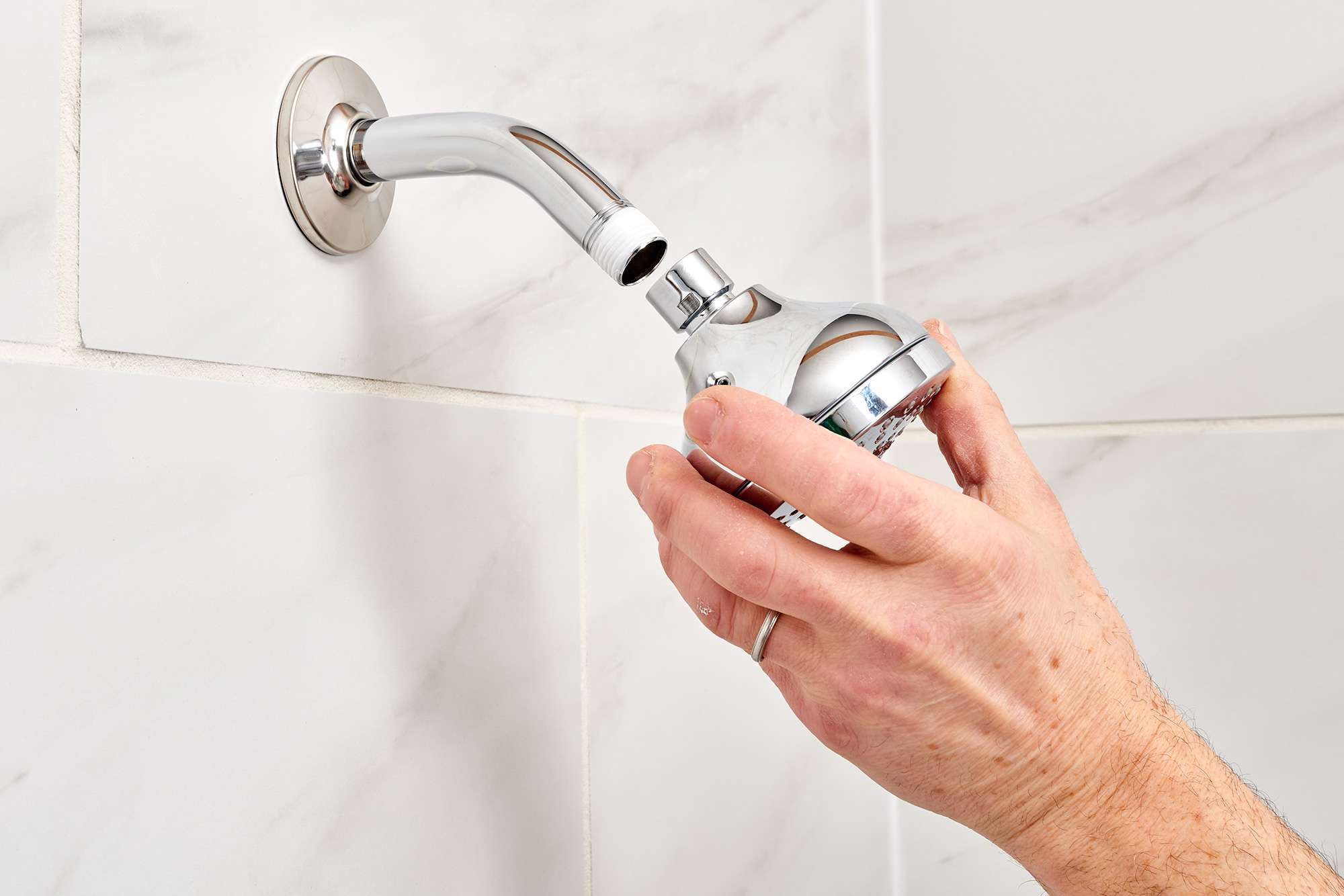
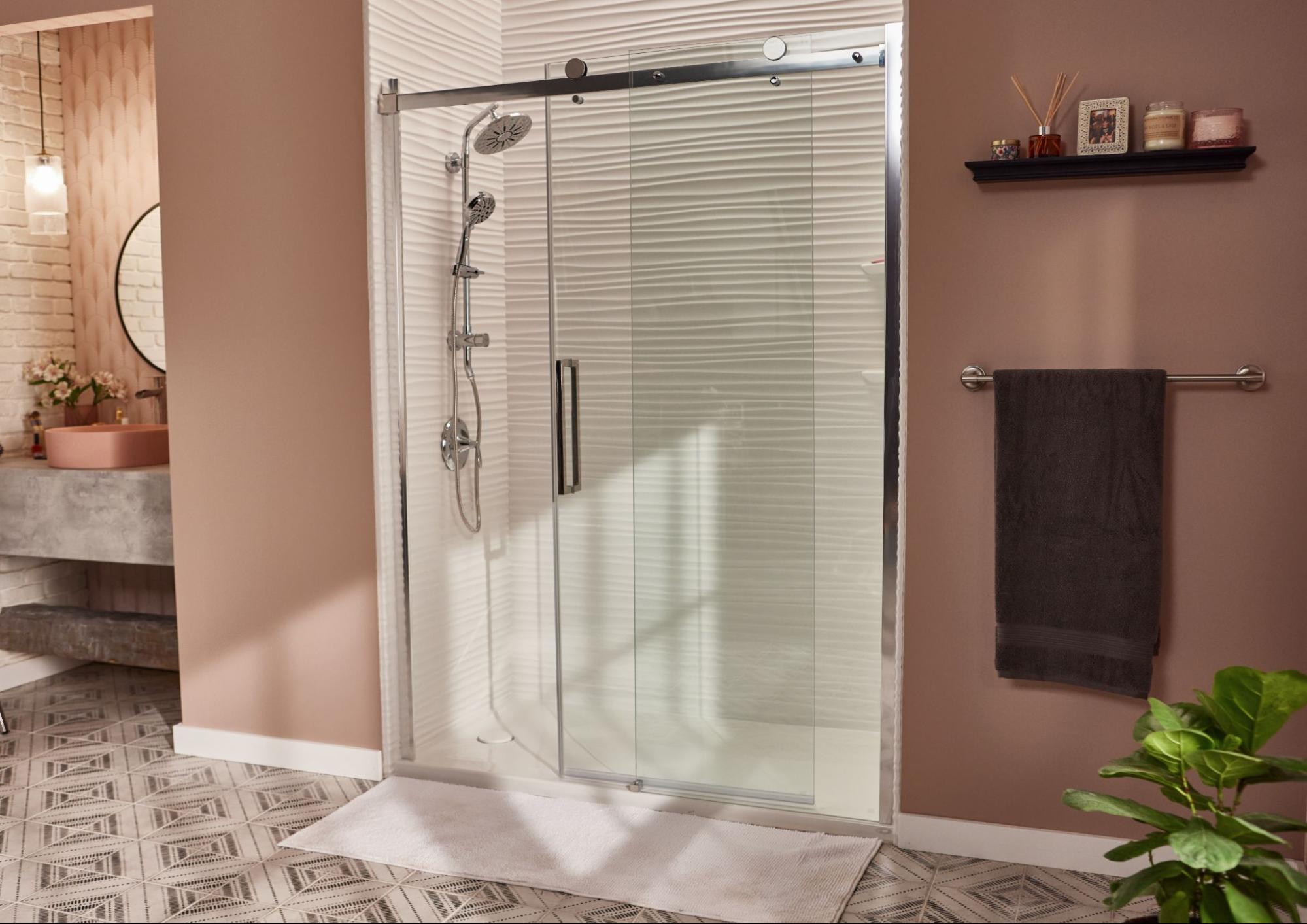
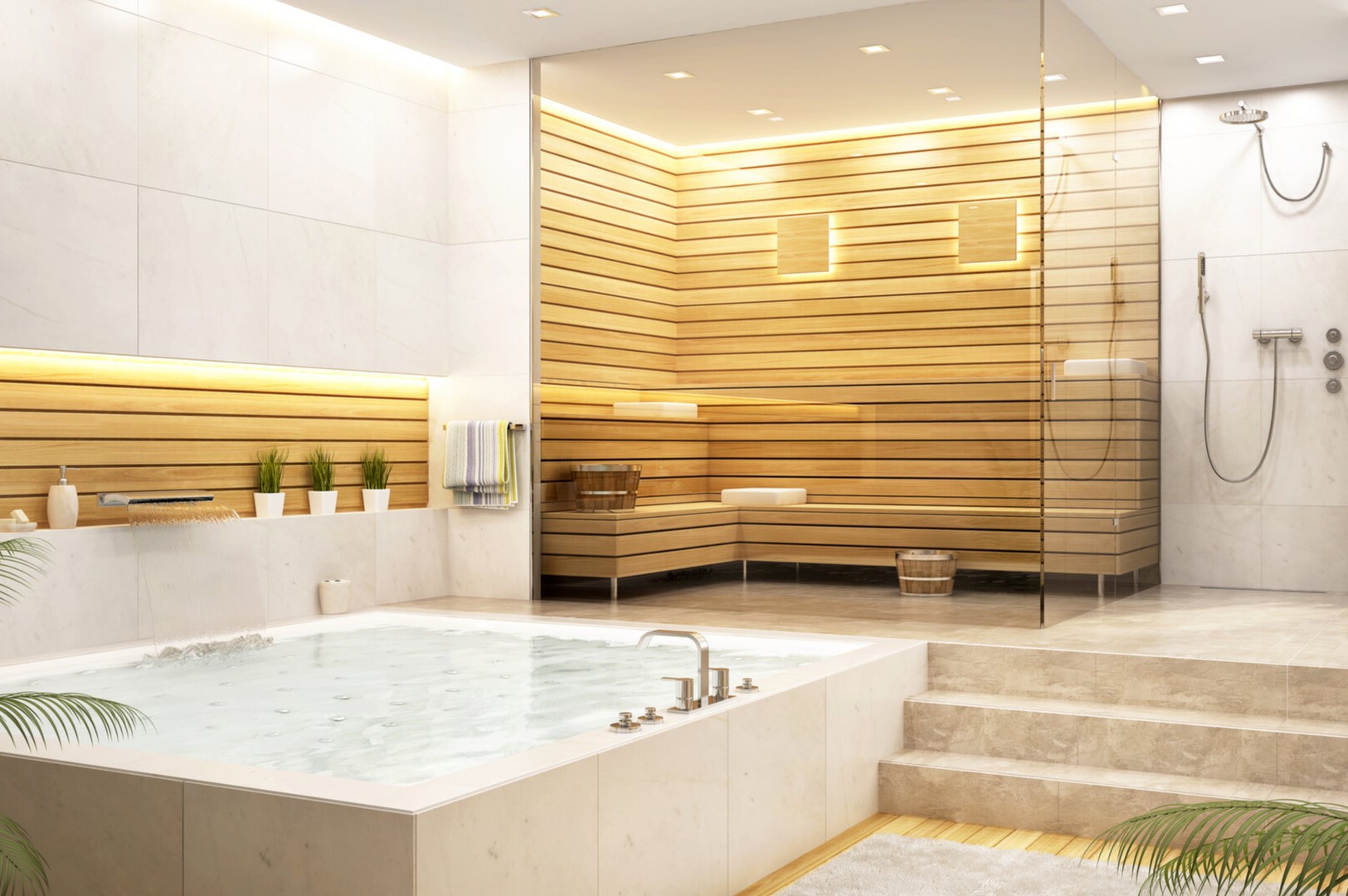
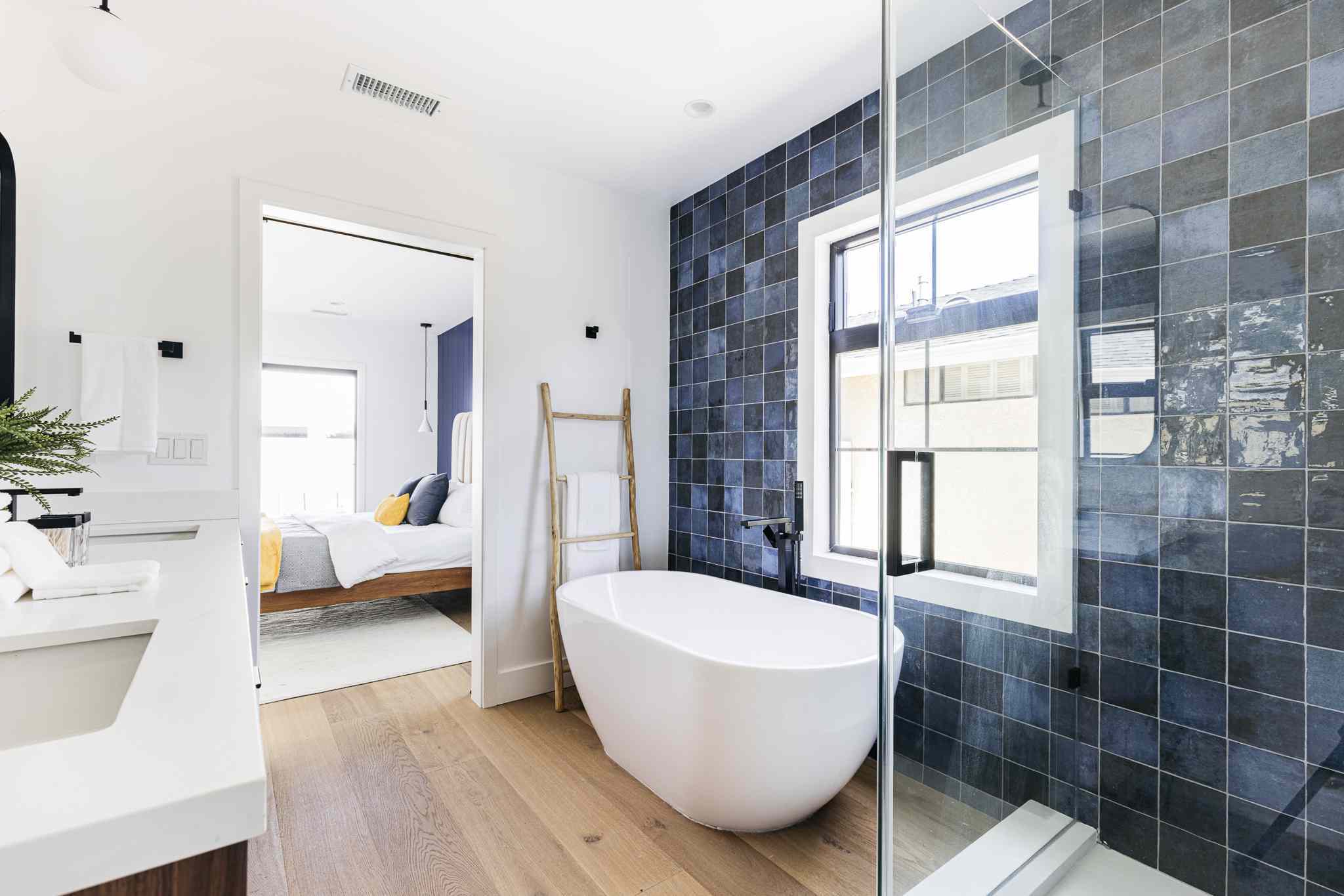
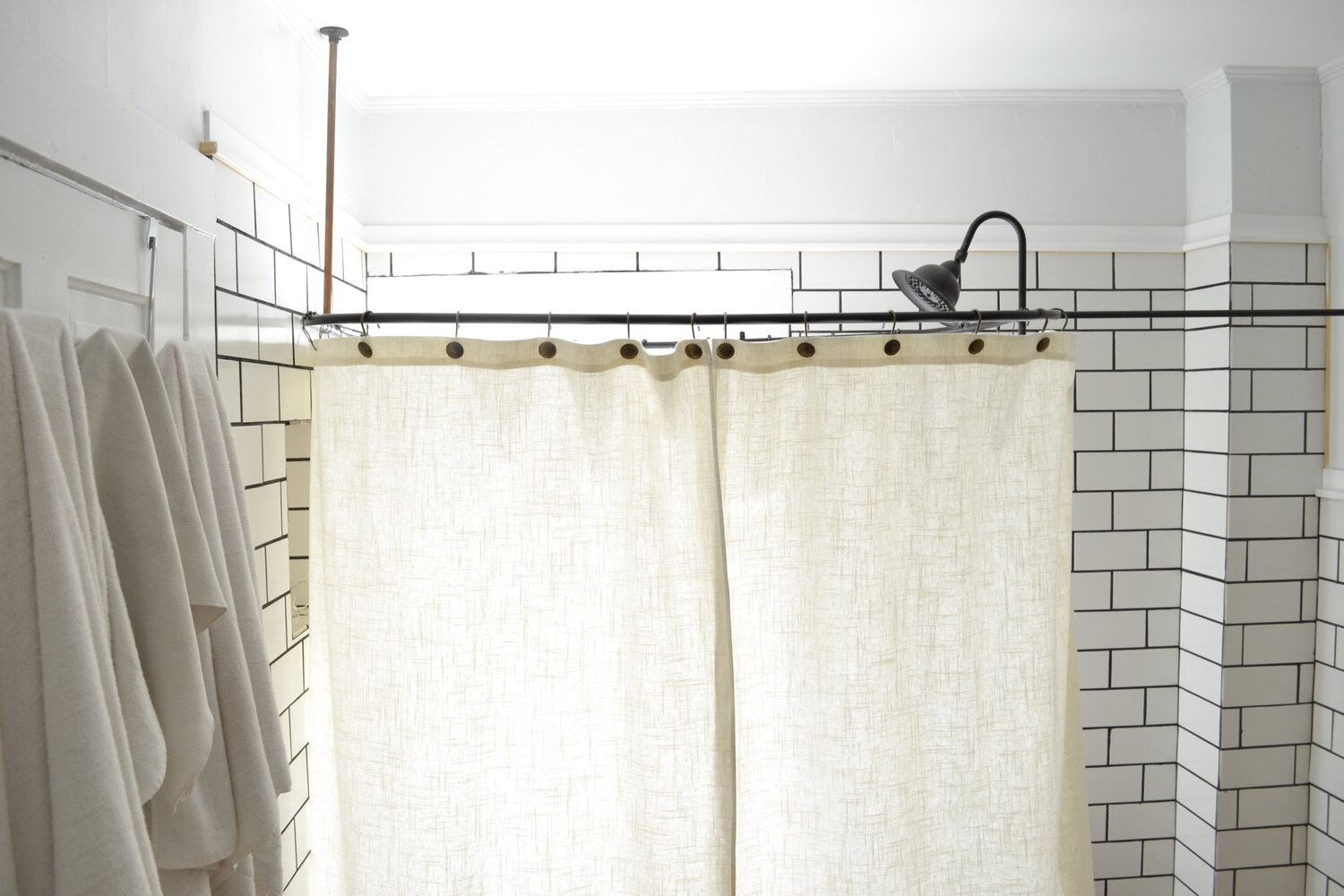

0 thoughts on “DIY Guide to Installing a Bathroom Shower with a Handheld Sprayer”